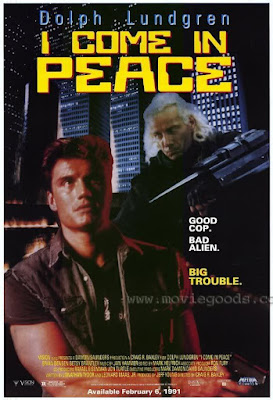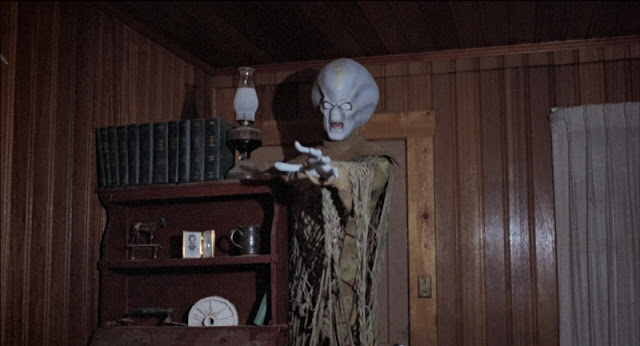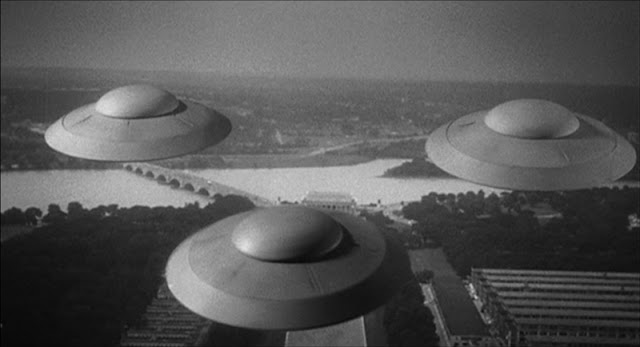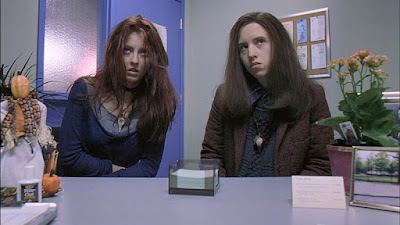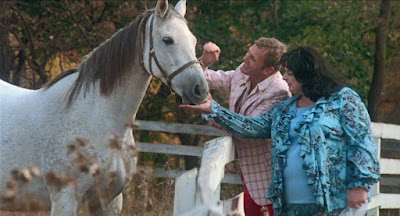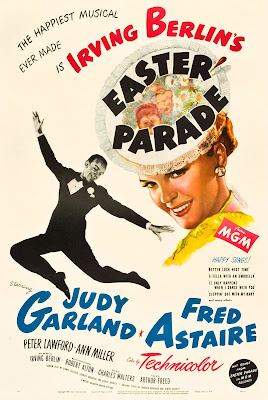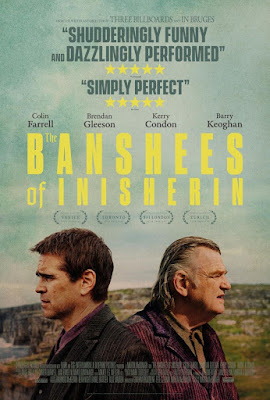I Come in Peace (aka: Dark Angel) (1990) Detective Jack Caine (Dolph Lundgren) is a cop who plays by his own rules (Sound familiar?). When his old partner is killed in a drug bust gone bad, he’s forced to work with a young hotshot FBI agent (Brian Benben) to investigate a mysterious series of murders. The culprit is a seven-foot-tall alien (Matthias Hues) who tells his victims “I come in peace.” He shoots up his victims with heroin and extracts the resulting endorphins from their brains (as a kind of designer drug for the intergalactic set). In addition to the human cops, he’s also being pursued by one of his own (Jay Bilas). There’s nothing new plot-wise or with the characters (simply transplant the usual buddy cop formula), but it’s a nicely paced cinematic equivalent of fast food, chock-full of cheesy synth music and more mullets than you can throw a case of Aqua Net at.
Rating: *** stars. Available on Blu-ray, DVD and Tubi
The Golden Bat (aka: Golden Ninja) (1966) When evil aliens divert a planet’s trajectory so it will collide with Earth, it’s up to a top-secret UN-led organization to thwart their plans. All seems lost until the team members revive a 10,000-year-old mummy from Atlantis (Osamu Kobayashi). With his eyeless skull and mouth frozen in a permanent rictus, he looks more like the product of someone’s nightmares than a superhero. On the other hand, the villain resembles a cuddly plush toy, which only goes to show that looks aren’t everything. Good dumb fun.
Rating: ***. Available on DVD, Plex and Tubi
Seedpeople (1992) One of the many direct-to-video offerings from Full Moon Pictures (a name not typically associated with quality), Seedpeople is a blatant rip-off of Invasion of the Body Snatchers, but a fairly enjoyable one. In the sleepy town of Comet Valley ancient excavated meteorites turn out to be giant seed pods. Malevolent alien creatures emerge, enslaving the town’s residents. A visiting geologist (Sam Hennings) teams up with the local crackpot (Bernard Kates) to battle the alien scourge. The story is relayed in flashback (like Body Snatchers) by the geologist, including the events he wasn’t in (!). In a nice nod to the source material, there’s a scene that features what looks suspiciously like Bronson Cave.
Rating: ***. Available on Blu-ray, DVD, Prime Video,
and Tubi
Invasion (1965) Edward Judd stars as Dr. Mike Vernon, a burnt-out emergency room physician, whose humdrum routine is thrown into disarray when an unusual patient (Ric Young) arrives in his hospital. The strange man is being pursued by two others of his kind, enroute to a prison planet (they were diverted to Earth when their spaceship suffered a malfunction). The alien leader, played by Yôko Tani (from First Spaceship on Venus), leads a search for the missing prisoner, although she doesn’t seem to be very good at her job. Things get tense when the hospital is surrounded by a magnetic shield, raising the temperature and preventing anyone from entering or exiting the area. Invasion’s meager budget belies its title (three extraterrestrials and a puny spacecraft hardly makes for a convincing threat), and it’s more talky than action-packed, but its biggest flaw is the extremely dubious choice of casting Asians as “aliens” among a predominately Caucasian cast. Skip it.
Rating: **. Available on Blu-ray and DVD
Zontar: The Thing from Venus (1967) Director/co-writer Larry Buchanan’s cheapo remake of the cut-rate It Conquered the World (1956) somehow manages to make the original film look like a classic in comparison. Dr. Curt Taylor (John Agar) tries to dissuade his friend Keith Ritchie (Tony Huston) from collaborating with an alien creature with murky intentions. Agar tries his best with what he has to work with, but it’s a lost cause, considering the lackluster performances from everyone else involved (just try enduring the terrible “comic” relief with two soldiers). The briefly seen extraterrestrial Zontar, and its flying creatures, which wouldn’t pass muster for the clearance bin of a Spirit Halloween store, look like they were slapped together from whatever scraps the filmmakers had lying around. Although I can’t recommend this flick in good conscience, it’s good for some unintentional laughs, depending on your level of inebriation.
Rating: *½. Available on DVD and Tubi
Invasion of The Girl Snatchers (aka: The Hidan of Maukbeiangjow) (1973) In this alleged sci-fi/ horror/comedy from director Lee S. Jones Jr., a private investigator works with the feds to ascertain the mysterious disappearances of several women. It turns out they’re being abducted by a religious cult, where their minds are taken over by alien beings (which are never shown). Watch and wince as the characters incessantly run around, getting tied up and untied, accompanied by a bunch of irritating folk songs that have nothing to do with the story. According to the Psychotronic Video Guide, this was released only because the producer made a bet that it wouldn’t gross any money. I feel sorry for anyone who might have paid to see this.
Rating: *½. Available on DVD and Tubi

